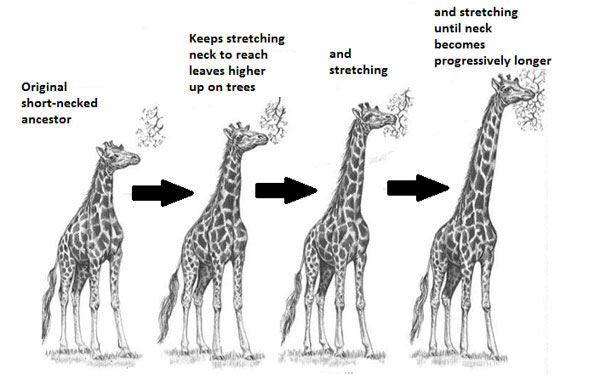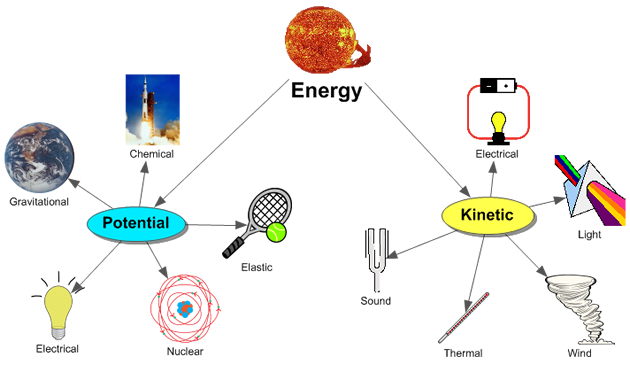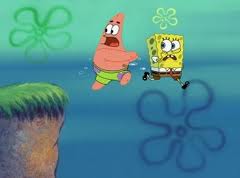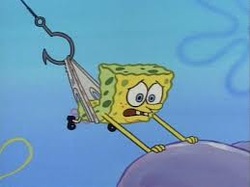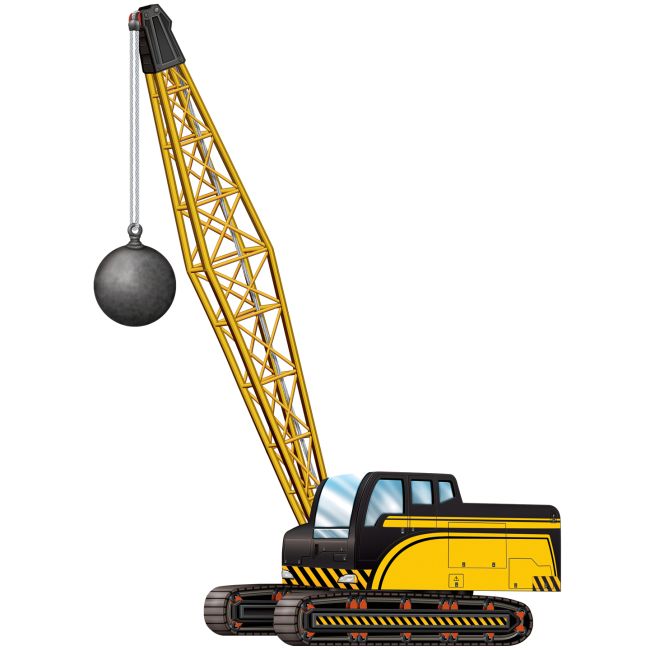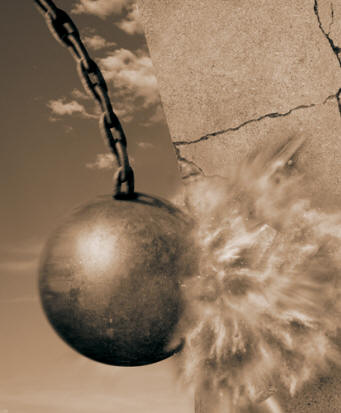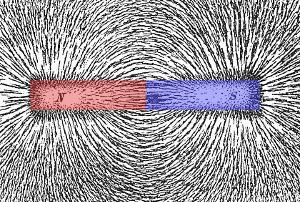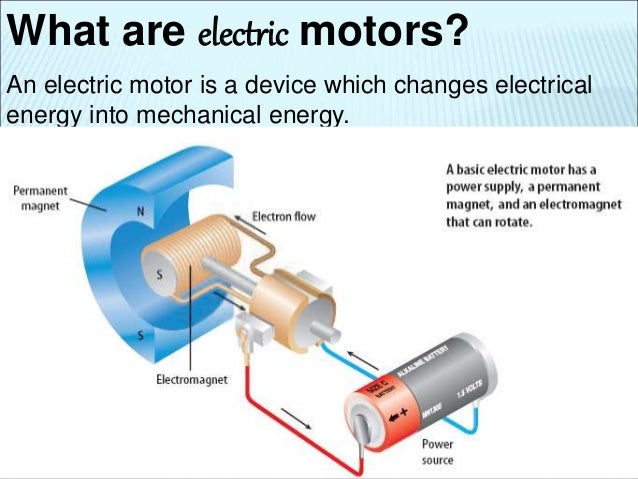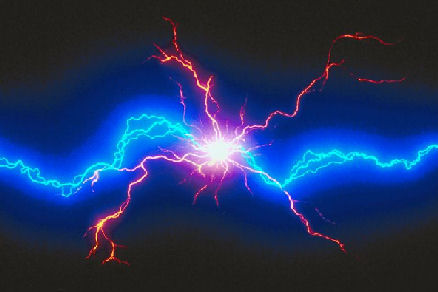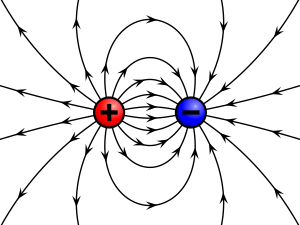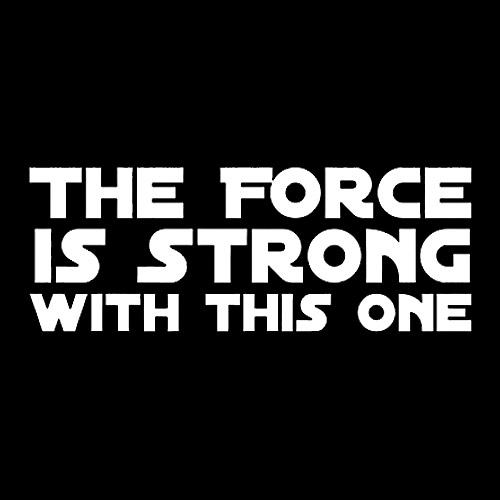Week of May 23

The Galapagos Islands
I can...
Question 1. Organisms that evolve over time on islands are typically very unique to their environments. What are some explanations why? (Think back to the mammoth activity from last week)
The Giant Tortoises of the Galapagos Islands
Consider the following:
What's the Big Idea?
Diversity of species occurs through gradual processes over many generations.
- explain why genetic variation is a survival advantage
- explain how an why variations in appearance and behavior of an organism can be different than their ancestors
Vocabulary: evolution, variation, natural selection, mutation, adaptation, extinction, diversity, ancestors
Question 1. Organisms that evolve over time on islands are typically very unique to their environments. What are some explanations why? (Think back to the mammoth activity from last week)
The Giant Tortoises of the Galapagos Islands
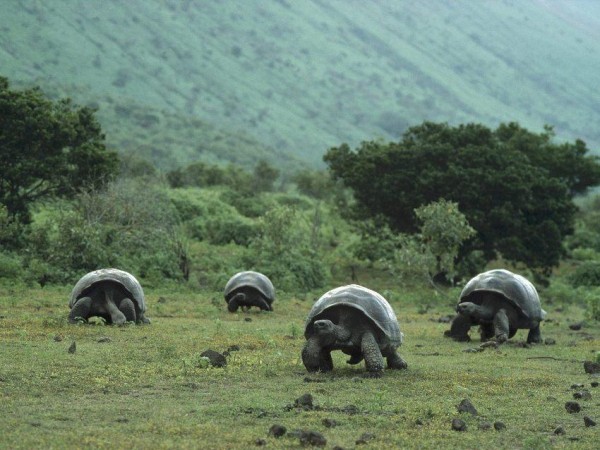 |
The Galapagos Islands were named for their giant tortoises. Currently their are about 14 different species of tortoises on the Galapagos Islands. Even though these tortoises are able to survive for about 1 year without food and water, in the past 200 years their population numbers have decreased from close to 200,000 to about 20,000 due to mostly human involvement.
Consider the following:
Question 2: Study the various tortoise shells of the main species of giant tortoise found on the different islands of the Galapagos.
What are some similarities and differences between these shells? What can you infer about why and how these giant tortoises evolved into different species on these islands? Use the link below to help out.
 |
There are 3 different species of iguanas on the Galapagos Islands.
Land Iguana

Land Iguana

Marine Iguana
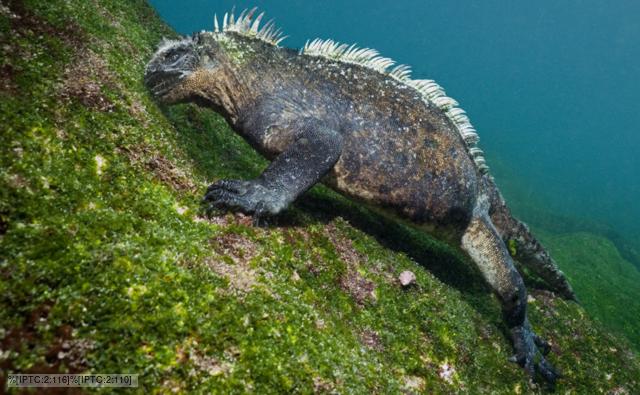
Question 3. Why do you think these different iguana species found in the same small, isolated location, evolved the way they did?
Consider the following:
Darwin collected birds from the Galapagos Islands and he discovered that the birds, in the finch species, were different from island to island and from mainland South America.
 Question 4. What do you notice about the finches? Why would the same basic species of bird have have such different physical features that changed depending on what island they were from and if they were from the mainland?
Question 4. What do you notice about the finches? Why would the same basic species of bird have have such different physical features that changed depending on what island they were from and if they were from the mainland?

Consider the following:
Darwin collected birds from the Galapagos Islands and he discovered that the birds, in the finch species, were different from island to island and from mainland South America.
Darwin's Finches

What About Natural Selection?
- Evolution - process where populations of living things change over time
- Natural Selection - process where organisms that inherit advantageous traits tend to reproduce more successfully than other organisms do-(4 parts of natural selection include: overproduction, genetic variation, selection, and adaptation)
How does this work?
1. Most species will make more offspring than the environment can support - overproduction
2. Sexual reproduction and DNA mutation result in - genetic diversity or variation in traits within a species
3. Advantageous traits are - selected to be more common in future generations of living things
4. These inherited traits that help organisms to survive result in - adaptations that grow over time helping the population of living things become successful in their environment
Consider the following:
Consider the following:
Elephant Evolution

Question 5. Study the progression of basic elephant evolution above. Think about what you have learned about mammoths this year, what factors were most likely involved that would have influenced how elephants have changed over time? (Check out p. 362-363 for a little help)
Consider the following:
Consider the following:
Genetic Diversity of Dogs

The genetic diversity of dogs is one of the most complicated and varied of all the animal species. The dog is the most physically diverse land animal on the planet.
Question 6. Dog diversity has been influenced by both artificial selection and natural selection. Explain how each of these processes have resulted in so many species of our four-legged friends.
Consider the following:
If the environment changes, a species with more genetic variation is more likely to survive.
Due to a warming climate, moose populations are declining. Moose do not handle warmer temperatures very well. When it's warm, moose seek shelter instead of finding food, and warmer temperatures bring out more ticks which moose do not have advantageous traits to help deal with them. Go to the information on this link Moose Populations and Climate Change and study the moose and Minnesota Moose population charts below.
Question 7. Since it is predicted that our climate will continue to warm up, besides human intervention, what will have to happen to our moose populations if they are not going to become extinct? (Use the concepts of natural selection to help you answer this question)


Links:
Galapagos Wildlife
The Galapagos Islands Interactive NOVA
The Galapagos Islands World Heritage SIte
Question 6. Dog diversity has been influenced by both artificial selection and natural selection. Explain how each of these processes have resulted in so many species of our four-legged friends.
Consider the following:
If the environment changes, a species with more genetic variation is more likely to survive.
Due to a warming climate, moose populations are declining. Moose do not handle warmer temperatures very well. When it's warm, moose seek shelter instead of finding food, and warmer temperatures bring out more ticks which moose do not have advantageous traits to help deal with them. Go to the information on this link Moose Populations and Climate Change and study the moose and Minnesota Moose population charts below.
Question 7. Since it is predicted that our climate will continue to warm up, besides human intervention, what will have to happen to our moose populations if they are not going to become extinct? (Use the concepts of natural selection to help you answer this question)


Links:
Galapagos Wildlife
The Galapagos Islands Interactive NOVA
The Galapagos Islands World Heritage SIte








.gif)


